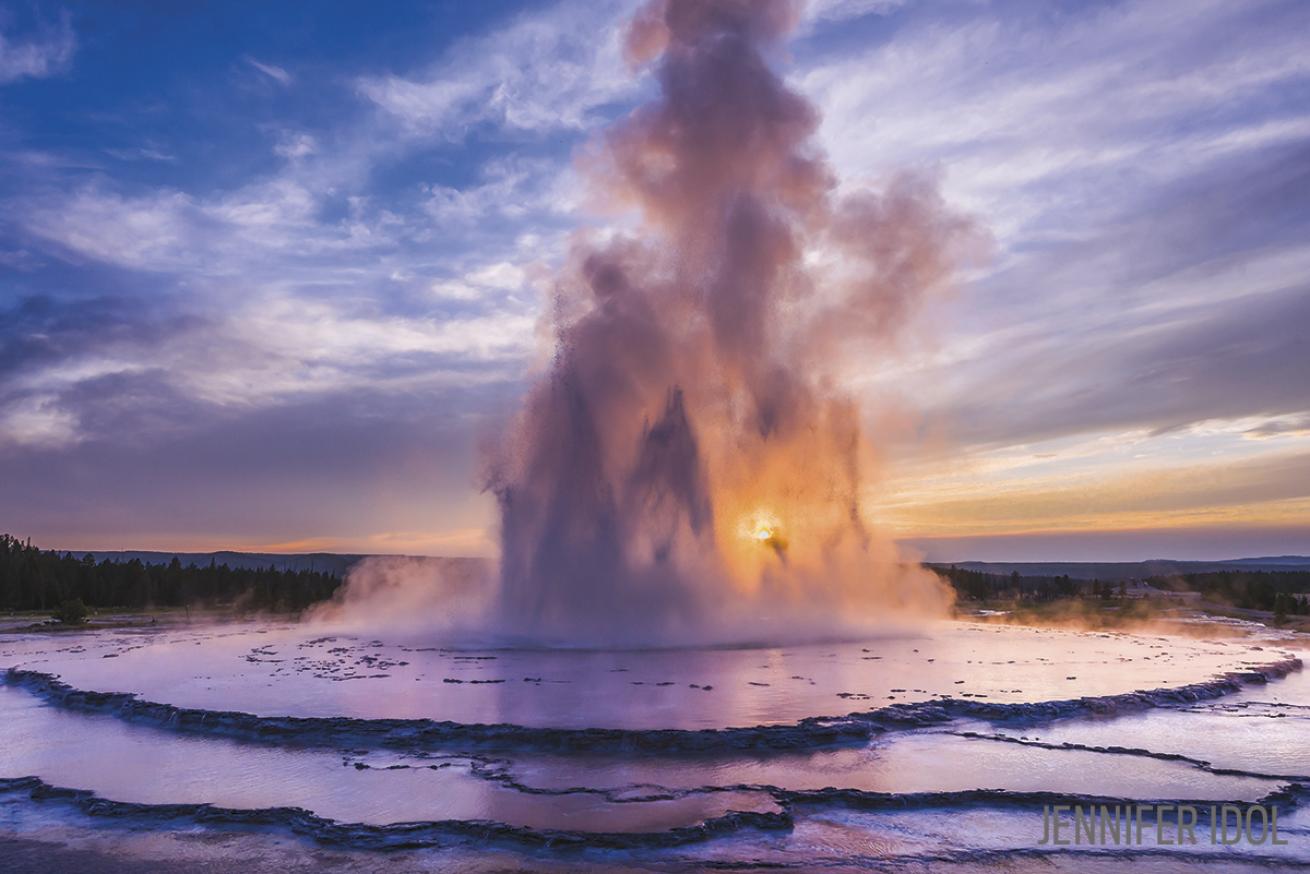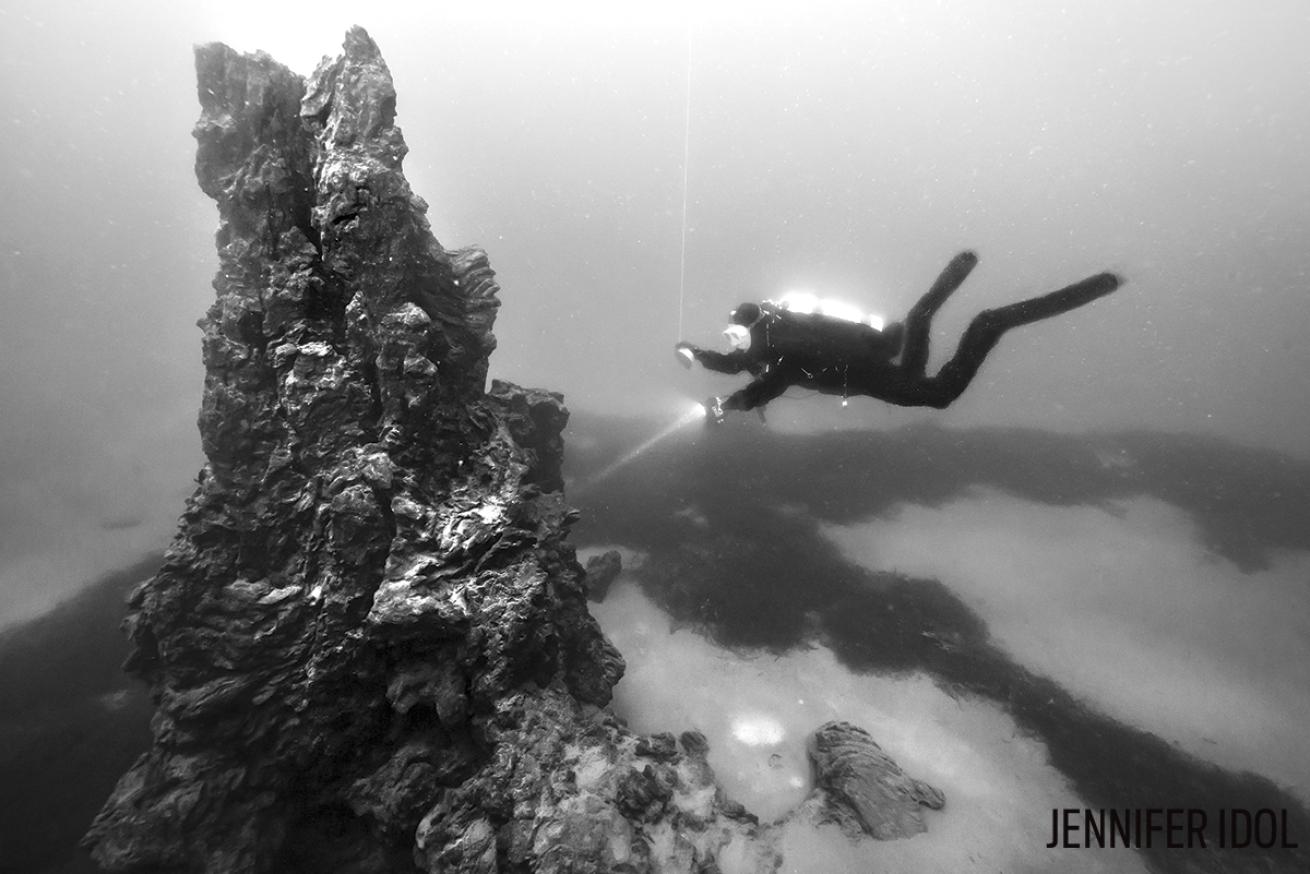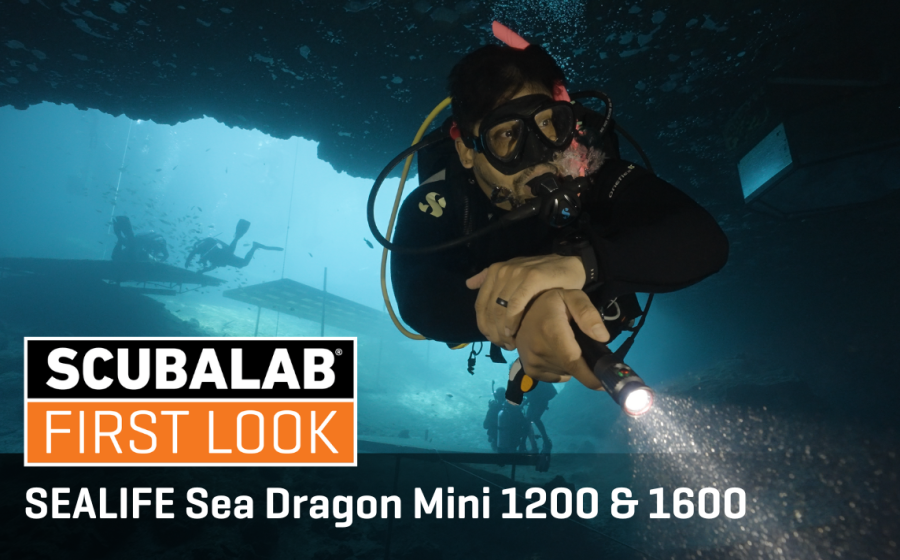Scuba Diving Yellowstone National Park - Dive Conditions and Information
COVID-19 travel restrictions and border closings are constantly evolving. There is no guarantee that the dive sites mentioned within this article will be open at your time of travel.
In honor of the 100th anniversary of the United States National Parks, we're featuring the parks that are best for scuba divers across the country. With 59 in total, our National Parks exude raw beauty and give an "only-in-America" vibe.

Jennifer IdolYellowstone National Park is home to the world’s largest concentration of spewing steam vents, bubbling mudpots and geysers like this one, named the Great Fountain Geyser.
Dive Conditions and Facts
Depth: 390 feet
Dive Access: Shore or boat
Water Temperature: 40-50 degrees F (with hot springs)
Visibility: 10-30 feet
When to Go: July through September
Dive Shop: Based in Jackson, Teton Aquatic has a 38-year history of diving lakes and rivers throughout the region. Shore dives are the norm.
Price: Park policy is a stickler on commercial guiding, so pricing is based on a rental gear fee of $80 per person for two shore dives.
Scuba Diving Overview
Yellowstone National Park was established largely because of its hellacious hydrothermal features: the world’s largest concentration of geysers, bubbling mudpots and spewing steam vents.
Now imagine elements of this surreal scene underwater. At 7,733 feet and 390 feet deep, the 125-square-mile Yellowstone Lake is among the world’s largest high-altitude lakes, harboring a wizard’s chest of geothermal features. Sites like West Thumb Geyser Basin are cold (temperatures range between 40 and 50 degrees F in midsummer) and clear at the top of the water column, but follow the contour of the lake bed, and wary divers will spot vertical spires and hot vents where water temps go from drysuit cold to scalding within the space of inches. And then there’s Steam Boat Point. Its shoreline is a minefield of seeping hot springs that continue into the lake, and as its name suggests, echoing underwater “booms” result from the huge volumes of pressurized hot water and gases as they escape.
As if this phenomena isn’t enough, divers can look forward to logging another first here when they fin through large fields of escaping geothermic gas bubbles — aptly described as swimming in champagne.

Jennifer IdolIn Yellowstone Lake, divers can spot vertical spires and hot vents where water temps go from drysuit-cold to scalding within the space of inches.

Jennifer IdolYellowstone sites like West Thumb Geyser Basin are cold — temperatures range between 40 and 50 degrees F in midsummer — so you'll want to bring your drysuit.










